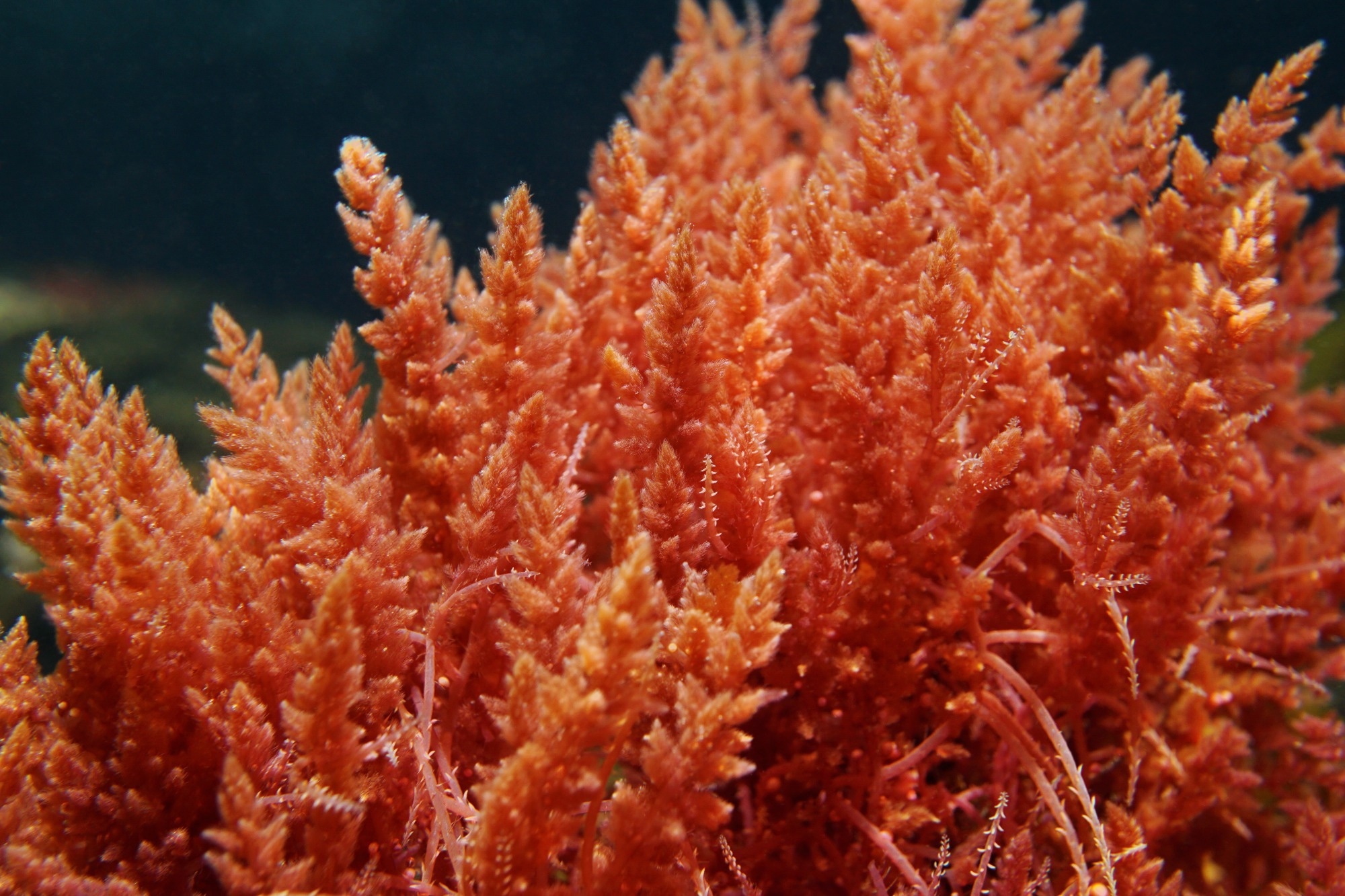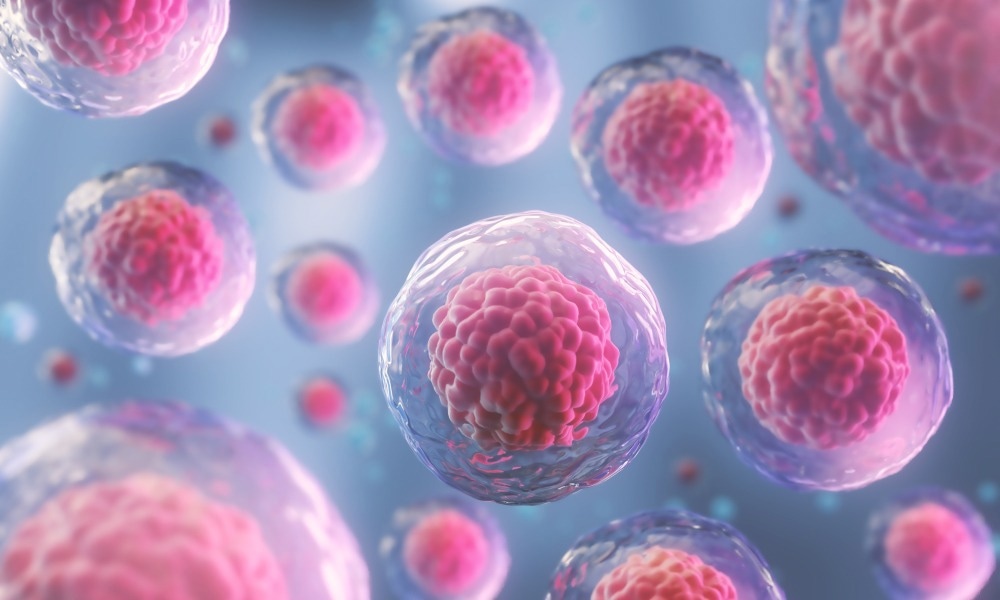It was once that only unicellular organisms existed, though, as time passed, the world saw multicellularity for the first time, which developed further through evolutionary pressure. Dating back to 1.6 billion years ago, Red Algae is the first known appearance of eukaryotic multicellularity, and there is also evidence that multicellularity occurs many times independently from one another.

Image Credit: Damsea/Shutterstock.com
Thus, it seems that multicellularity is not a rare development and is more of a development that generally occurs through evolution. As a multicellular organism, we do not tend to realize the complexity and the sheer communicative precision required to make this collection of differing cells function together as it does, giving rise to a conscience, sentient being. Therefore, giving some understanding may place a perspective of admiration of the intricate biological system that has arisen from millions of years of evolution.
What is multicellularity?
Multicellularity, indicated by the name, describes an organism comprising more than one cell within its functional unit, whereas unicellular consists of just one cell as its functional unit. It is noted that eukaryotic organisms can be found to exist as unicellular or multicellular, though all prokaryotes are unicellular.
And so, how can a multicellular unit arise from single cells? The answer lies in the way each cell communicates with the other via cell signaling. For multicellular development, cell signaling is crucial and can occur in various forms. For example, signaling molecules may be secreted from the cell to reach target cell receptors, embedded within the lipid membrane, and exposed externally for other cell receptors to bind and respond. Through these signaling molecules, cells can communicate with each other and allow for complex patterns of functioning synchronously.
Cell signaling is crucial not only for a multicellular organism to function as a unit but also for unicellular communication.
Cell differentiation in multicellularity
In multicellular organisms, all cells begin life as stem cells, which then either remain stem cells to produce more stem cells, or they go through the process of differentiation, whereby the stem cell becomes a specialized cell, that is, a cell taking on a role to have specific functions - this is why a neuronal cell is different phenotypically and functionally to a skin cell.
This allows multicellular organisms to be far more complex than unicellular organisms, as they can compartmentalize their functions to differing cell types, enabling larger and more complex life forms to exist. In general, once a cell has differentiated, it will remain as the differentiated cell type indefinitely.
So how does cell signaling induce cell differentiation? This can be attributed to cellular exposure to a signaling molecule known as morphogens, and its exposure decides the cell fate of a cell-cell fate referring to the specific cell type that the cell would become. It is specifically the morphogen gradient that determines cell fate and provides the cell positional information, allowing pattern formation during multicellular development.

Image Credit: Anusorn Nakdee/Shutterstock.com
The advantages and disadvantages of multicellularity
There are many advantages to existing as a multicellular organism. One obvious advantage is the size factor, whereby with a larger size, the multicellular life form may find it simpler to fend off predators and be predators themselves.
In addition, it allows for longer life spans, as the multicellular organism can still continue living even with the death of individual cells. Furthermore, the higher complexity of life that arises from multicellularity enables more efficient adaptations to the environment, thus increasing chances of survival, in addition to the development of intelligence.
Being multicellular also has its disadvantages. With increasing mass, more energy will be required; therefore, a multicellular organism will need far more energy to operate optimally. The increase in energy consumption results in an increase in waste products, which may also be of toxic substances, thus requiring specialized cellular components/organs to process such toxic waste. And although multicellular life forms can cope with individual cell deaths, it is not so certain that survival would be the case if larger, coherently functioning grouped cells malfunction, for example, in organ failure.
Development to full maturity also takes longer for multicellular organisms; therefore, life forms yet to fully develop are more fragile and prone to fall prey to various life-threatening conditions.
Conclusion
Despite the disadvantages, multicellular life has dominated the earth as we know it. With multicellularity being seen in various forms of life, from plants to animals, it shows the diversity that multicellularity is able to provide, enriching a planet with more than 8.7 million different species. Although the animal kingdom has undoubtedly made its mark upon our world, it is with plants that make up the overwhelming majority of the total biomass on earth, that being 80%, thus demonstrating the evolutionary success of multicellularity.
Sources:
- Bich L, Pradeu T, Moreau J. Understanding Multicellularity: The Functional Organization of the Intercellular Space. Frontiers in Physiology. 2019;10.
- Cui K, Engel L, Dundes C, Nguyen T, Loh K, Dunn A. Spatially controlled stem cell differentiation via morphogen gradients: A comparison of static and dynamic microfluidic platforms. Journal of Vacuum Science & Technology A. 2020;38(3):033205.
- Wolpert L. Positional information revisited. Development. 1989;107(Supplement):3-12.
- Thompson A. Taking Stock of Life. Scientific American. 2018;319(2):16-16.
Further Reading
Last Updated: Dec 9, 2022